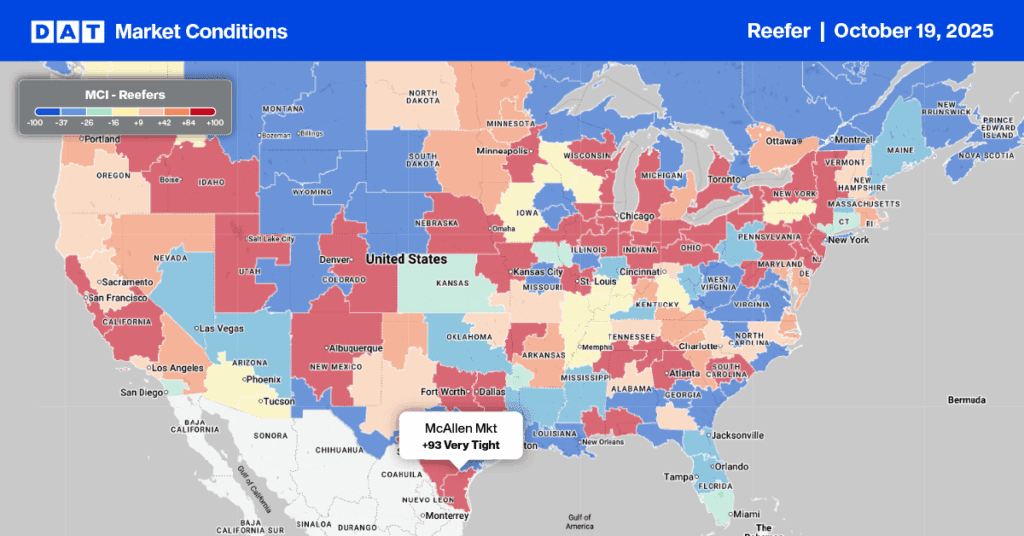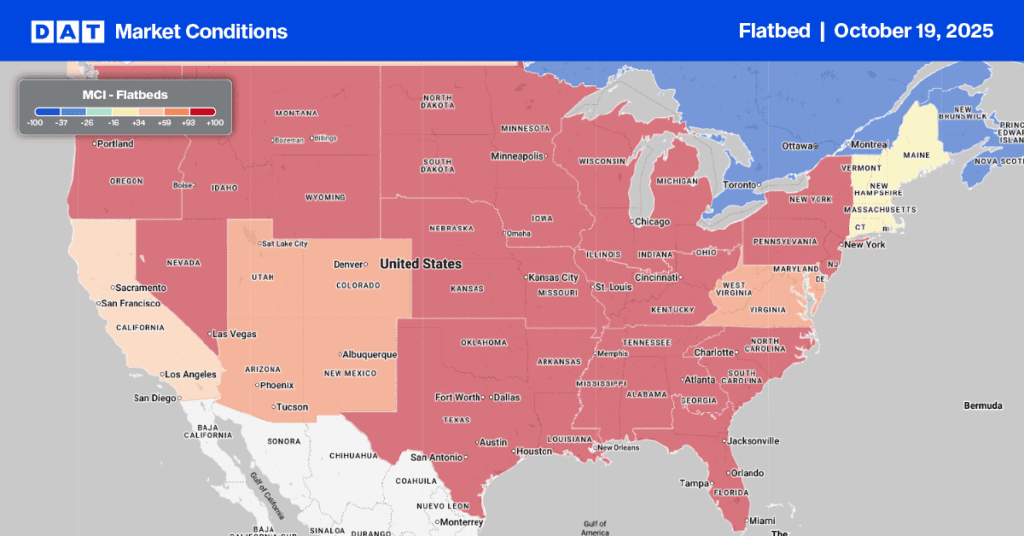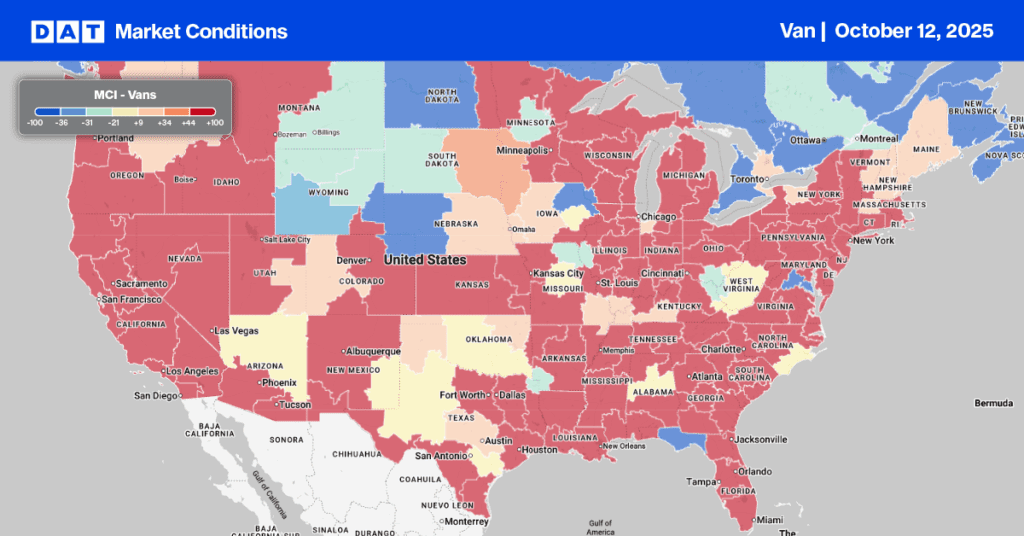Something we’ve seen over the years is that extended periods of high freight rates tend to lead to higher numbers of new truck orders. We saw it in 2018, and new equipment orders again hit record levels in 2020. This time, the industry is faced with a lot more uncertainty.
A lot of things need to fall into place to avoid a repeat of 2019, when over-capacity drove freight rates down by close to $0.10/mile over the course of the year. The bet this time around is that when all of the recent new orders leave their respective factories over the summer, the economy will be on the upswing and well on the road to recovery.
Get the clearest, most accurate view of the truckload marketplace with data from DAT iQ.
Tune into DAT iQ Live, live on YouTube or LinkedIn, 10am ET every Tuesday.
On the demand side, the latest report from the American Trucking Associations paints a clearer picture of the truckload freight market, reporting that total tonnage for the calendar year was down 3.3% compared to 2019. In contrast, 2019 recorded an annual increase by the same amount. Last year ended on a high note, though, with December tonnage increasing by 7.4% month over month after increasing by 3.2% m/m in November.
“The index not only registered the largest monthly gain since June, but it also had the first year-over-year increase since March,” According to Bob Costello, ATA Chief Economist. “Freight continues to be helped by strong consumption, a retail inventory restocking, and robust single-family home construction. With the stimulus checks recently issued and with a strong possibility of more in the near future, I would expect truck freight to continue rising.”
Now the holiday shopping season is over, the big question remains how do we bridge the gap between now and summer in the midst of a pandemic that continues to drive uncertainty in the freight market?
Spot market volumes and rates are dropping, diesel prices are rising and many small businesses are in desperate need of financial assistance almost a year after the World Health Organization declared the outbreak of a global pandemic. Business activity measured by time and attendance data specialist firm Homebase indicate how the number of employee hours worked and locations open have never fully recovered
At best, those metrics were down 20% for most of 2020 compared to pre-pandemic levels. More concerning is that those numbers have been getting steadily worse since mid-October to end 2020, down 24% compared to business activity on March 1.
Interstate highway mileage is still up 7% y/y as of last week, but it remains to be seen if strong consumer demand can offset a slower industrial economy and keep trucks rolling at the same pace.


